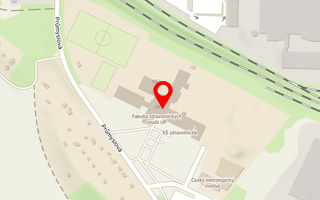Publikace detail
Reconstruction of Orbital Floor Fracture in a 4-year old Child with use of Pelvicol - Case Report
Autoři:
Chrobok Viktor | Pellant Arnošt | Novák Jan | Brožík Jan
Rok: 2004
Druh publikace: ostatní - přednáška nebo poster
Název zdroje: 5th EUFOS
Název nakladatele: neuveden
Místo vydání:
Strana od-do:
